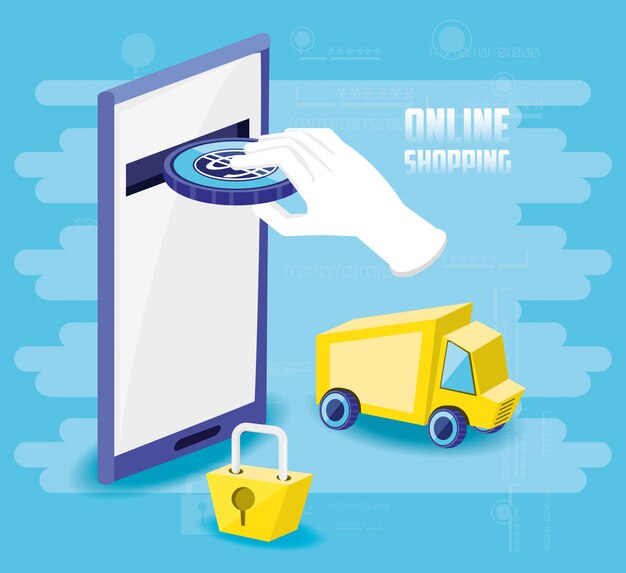In today’s digital world, booking a taxi has become super easy, all thanks to taxi booking apps. Remember the days of waving for a taxi or calling a dispatcher? Well, they are gone! Now, you can book a taxi with just a few taps on your phone. If you’re someone who loves technology or dreams of creating your own taxi booking app, you’ve come to the right place. We’re here to guide you through the entire process, from coming up with the idea to launching your app. We’ll explain each step, talk about the important features, and share some insights into the challenges and opportunities you might encounter while building your taxi app. And if you’re thinking about building one, consider teaming up with a reliable taxi app development company to make your journey smoother and more successful. Let’s get started!
Introduction to Taxi Booking Apps:
Taxi booking apps have transformed the transportation industry by providing a convenient and efficient way for users to book rides. These apps connect passengers with nearby drivers, enable cashless transactions, offer real-time tracking, and allow users to rate their experiences. Popular taxi-booking apps like Uber, Lyft, and Grab have become household names and have disrupted traditional taxi services worldwide.
Market Analysis and Research:
Before diving into app development, thorough market research is essential. Understand the current landscape of the taxi industry in your target region. Analyze your competitors and identify gaps and opportunities. Study customer preferences, pricing models, and existing pain points to tailor your app to meet specific needs.
Idea Generation and Conceptualization:
The ideation phase involves brainstorming and conceptualizing your taxi booking app. Define your unique selling proposition (USP). What will make your app stand out in a crowded market? Consider innovative features, such as advanced safety measures, loyalty programs, or integration with other transportation modes.
Design and User Experience:
User experience (UX) is a critical factor in the success of your app. Design an intuitive and user-friendly interface. Prioritize features like one-click booking, real-time driver tracking, and clear pricing information. Ensure that the design is responsive and compatible with both Android and iOS platforms.
Choosing the Right Development Approach:
There are two primary approaches to app development: native and cross-platform. Native apps are developed separately for Android and iOS, offering the best performance but requiring more development time and resources. Cross-platform apps are built using a single codebase and can run on multiple platforms, making development faster and more cost-effective. Choose the approach that aligns with your goals and budget.
Key Features of a Taxi Booking App:
A successful taxi booking app should include essential features such as:
- User registration and authentication.
- Real-time GPS tracking for drivers and passengers.
- Secure payment processing.
- Rating and review system.
- Driver profiles and background checks.
- Push notifications for ride updates.
- In-app customer support.
- Ride history and digital receipts.
Development Phase: Turning Ideas into Reality:
Once you have a clear concept and design, it’s time to start development. Hire experienced developers or a reputable app development company. Work closely with your development team to bring your ideas to life, ensuring that the app functions smoothly and meets your design specifications.
Testing and Quality Assurance:
Thorough testing is critical to ensure the app’s functionality, security, and user experience. Test the app on various devices and operating systems to identify and fix any bugs or issues. Conduct user acceptance testing to gather feedback and make improvements.
Launch and Marketing Strategies:
Launching your taxi booking app involves more than just making it available in app stores. Develop a marketing strategy to create awareness and attract users. Utilize digital marketing, social media, referral programs, and partnerships with local businesses. Consider offering promotional discounts to encourage initial user adoption.
Challenges in Taxi Booking App Development:
- Regulatory Compliance: The regulatory landscape for taxi services can be a complex web of local and national laws. Navigating these regulations to ensure your app complies with licensing, safety, and insurance requirements can be a significant challenge. Additionally, regulations can vary widely from one location to another, adding to the complexity.
- Driver Recruitment and Retention: Attracting and retaining a reliable pool of drivers is vital for the success of your taxi booking app. High turnover rates, competition from other ride-sharing platforms, and the need to provide incentives for drivers can pose challenges. Striking the right balance between driver earnings and company revenue is an ongoing challenge.
- Scalability: As your user base grows, your app must be able to handle increased demand. Scaling up the infrastructure, ensuring high availability, and maintaining a smooth user experience during peak times can be technically challenging. The ability to scale efficiently without compromising performance is crucial.
- Competition: The taxi app market is fiercely competitive, with established players and new entrants vying for market share. To succeed, your app must offer unique features, exceptional user experiences, and competitive pricing. Standing out in a crowded marketplace requires strategic thinking and continuous innovation.
Future Trends in Taxi Booking Apps:
- Electric and Autonomous Vehicles: As sustainability becomes a global priority, taxi booking apps may need to adapt to the rise of electric and autonomous vehicles. Integrating electric vehicle options into your app and preparing for the potential integration of self-driving cars are challenges and opportunities that lie ahead.
- Mobility as a Service (MaaS): The concept of Mobility as a Service (MaaS) involves integrating various transportation modes, such as taxis, public transit, bike-sharing, and more, into a single platform. Adapting your app to provide users with a comprehensive, seamless mobility experience will be a trend to watch and a challenge to implement effectively.
- Artificial Intelligence (AI): AI-driven algorithms can significantly enhance taxi booking apps. This includes dynamic pricing based on demand, route optimization to reduce travel time and costs, and AI-powered customer support to handle inquiries efficiently. Integrating AI technologies into your app requires expertise and continuous improvement to stay competitive in the market.
Conclusion:
Developing a successful taxi booking app in 2023 requires careful planning, user-centric design, and effective marketing. By following the steps outlined in this guide and staying informed about industry trends, you can create a taxi booking app that meets the needs of today’s tech-savvy passengers and drivers while positioning your app for future growth and innovation. Remember that partnering with the best app development company can be a crucial step in ensuring the quality and success of your app. Their expertise can help you navigate the complexities of app development and bring your vision to life effectively. So, as you embark on this journey, consider the support and guidance of a reputable app development company to maximize your app’s potential.




